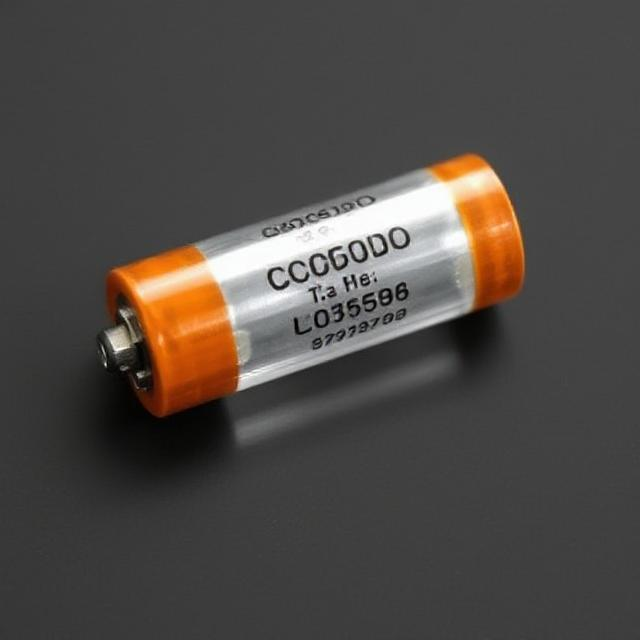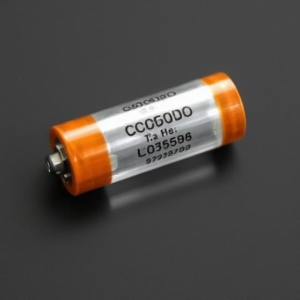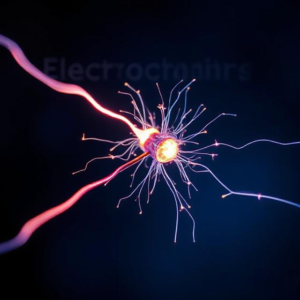Capacitors are important electronic components used in almost all types of circuits. In DC (Direct Current) circuits, capacitors behave differently than in AC (Alternating Current) circuits. Let’s break it down in a way that’s easy to understand.

What is a Capacitor?
A capacitor is a device that stores electrical energy. It is made up of two metal plates separated by an insulating material called a dielectric.
-
When connected to a power source, a capacitor charges — it builds up electric charge on its plates.
-
Once fully charged, it blocks DC current from flowing through it (but it allows current to flow during charging).
How Capacitors Behave in DC Circuits
1. Charging a Capacitor
-
When a capacitor is first connected to a DC voltage source (like a battery), current flows for a short time.
-
During this time, electrons build up on one plate, and positive charge builds up on the other.
-
The voltage across the capacitor increases as it stores energy.
-
Eventually, it becomes fully charged, and the current stops.
Key Point: A capacitor allows current to flow only while charging. Once charged, it acts like an open circuit (like a broken wire).
2. Discharging a Capacitor
-
If you remove the battery and connect the capacitor to a circuit (like a resistor), the stored energy starts to flow out.
-
This is called discharging.
-
The voltage across the capacitor decreases as it releases its stored energy.
Key Point: A capacitor can act like a temporary battery when discharging.
Capacitor Charging and Discharging Curve
-
The voltage across a charging capacitor increases gradually (not instantly).
-
The current decreases over time as it charges.
-
When discharging, voltage and current both drop gradually to zero.
This change is not linear — it follows a smooth curve based on time, resistance, and capacitance.
Capacitor in a Simple RC Circuit
A common DC circuit uses a resistor (R) and capacitor (C) in series — called an RC Circuit.
-
When the switch is closed, the capacitor charges through the resistor.
-
The time it takes to charge depends on the RC Time Constant:
Where:
-
R = resistance in ohms (Ω)
-
C = capacitance in farads (F)
-
τ (tau) = time constant (in seconds)
After a time of 5τ, the capacitor is considered fully charged or fully discharged (about 99%).
Capacitor Behavior at a Glance
| State | Current Flow | Voltage Across Capacitor |
|---|---|---|
| Initial charging | High | 0V to increasing |
| Fully charged | 0 (stops) | Same as supply voltage |
| Discharging | Flows briefly | Decreases to 0V |
Key Concepts to Remember
-
Capacitors store energy in an electric field.
-
In DC, current flows only while charging or discharging.
-
Once fully charged, the capacitor blocks DC current.
-
Capacitors in DC circuits are great for timing, smoothing, and temporary energy storage.
Real-Life Applications of Capacitors in DC Circuits
-
Power Supply Smoothing: Capacitors remove ripples in DC power supplies, giving a smoother output.
-
Timing Circuits: RC circuits are used in clocks, timers, and delays.
-
Energy Storage: Used in flash cameras and backup power.
-
Blocking DC in Signal Paths: Sometimes we want to block DC and allow only changes (like audio signals) — capacitors help with that.
Summary
-
Capacitors store and release energy in a circuit.
-
In DC circuits:
-
They charge up and then block DC current.
-
They discharge when connected to a load.
-
-
Their behavior is controlled by the RC time constant.
-
Capacitors are useful for timing, filtering, smoothing, and temporary energy storage.











